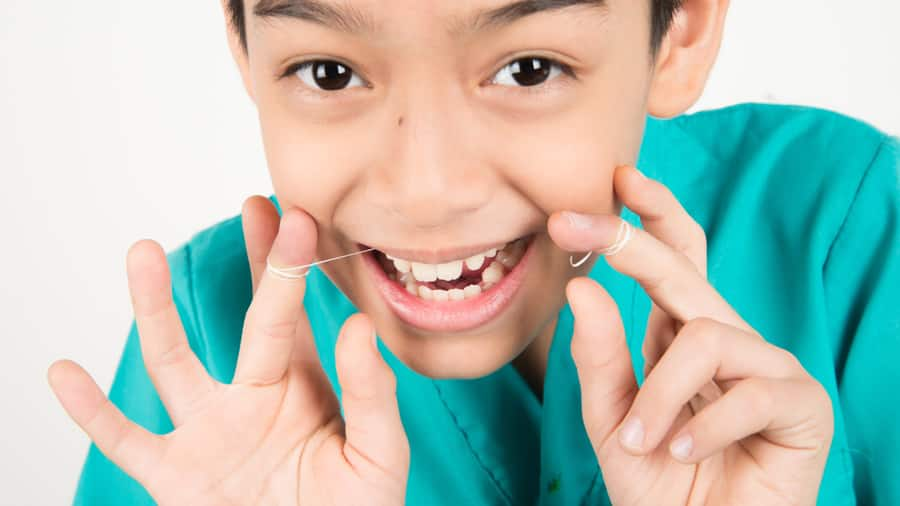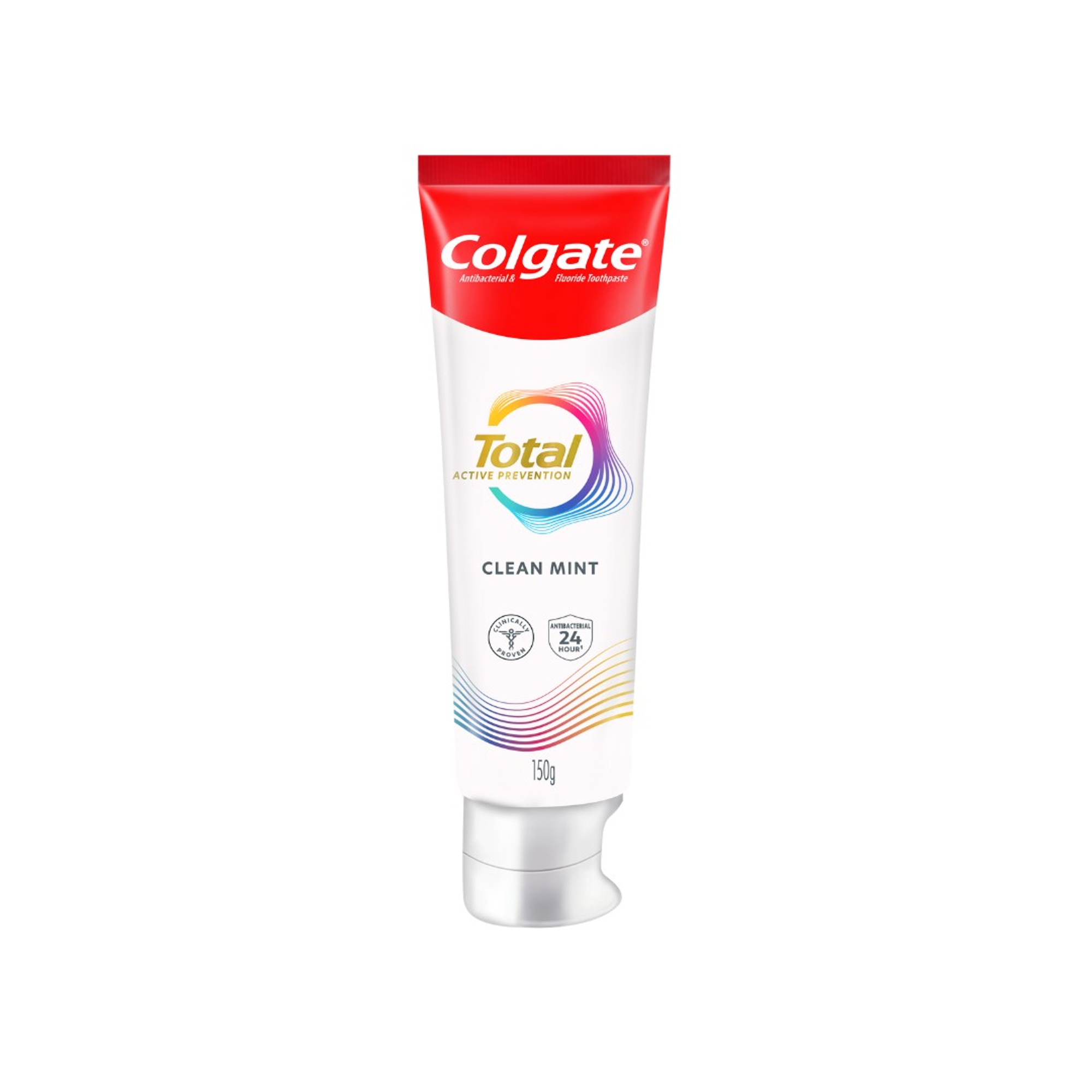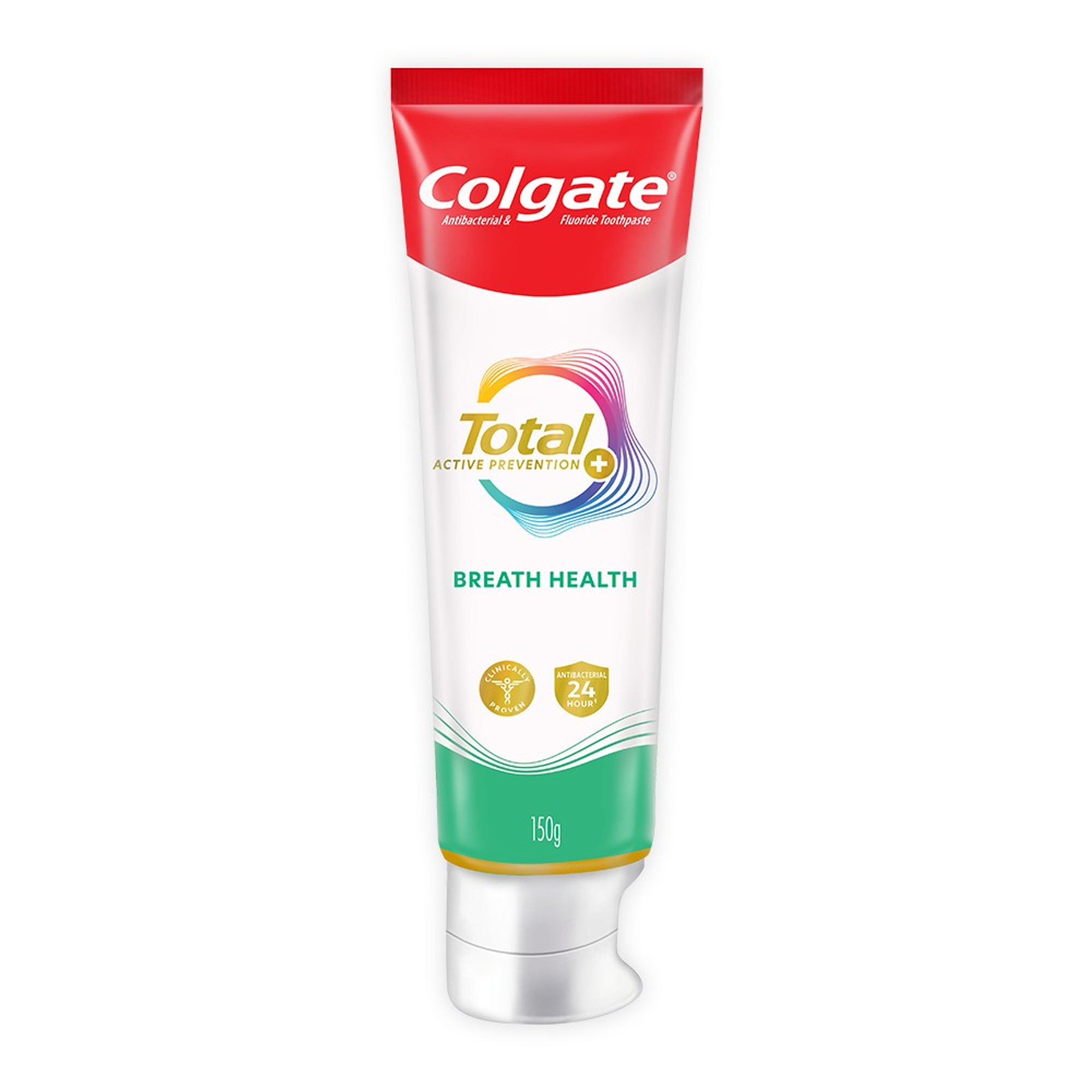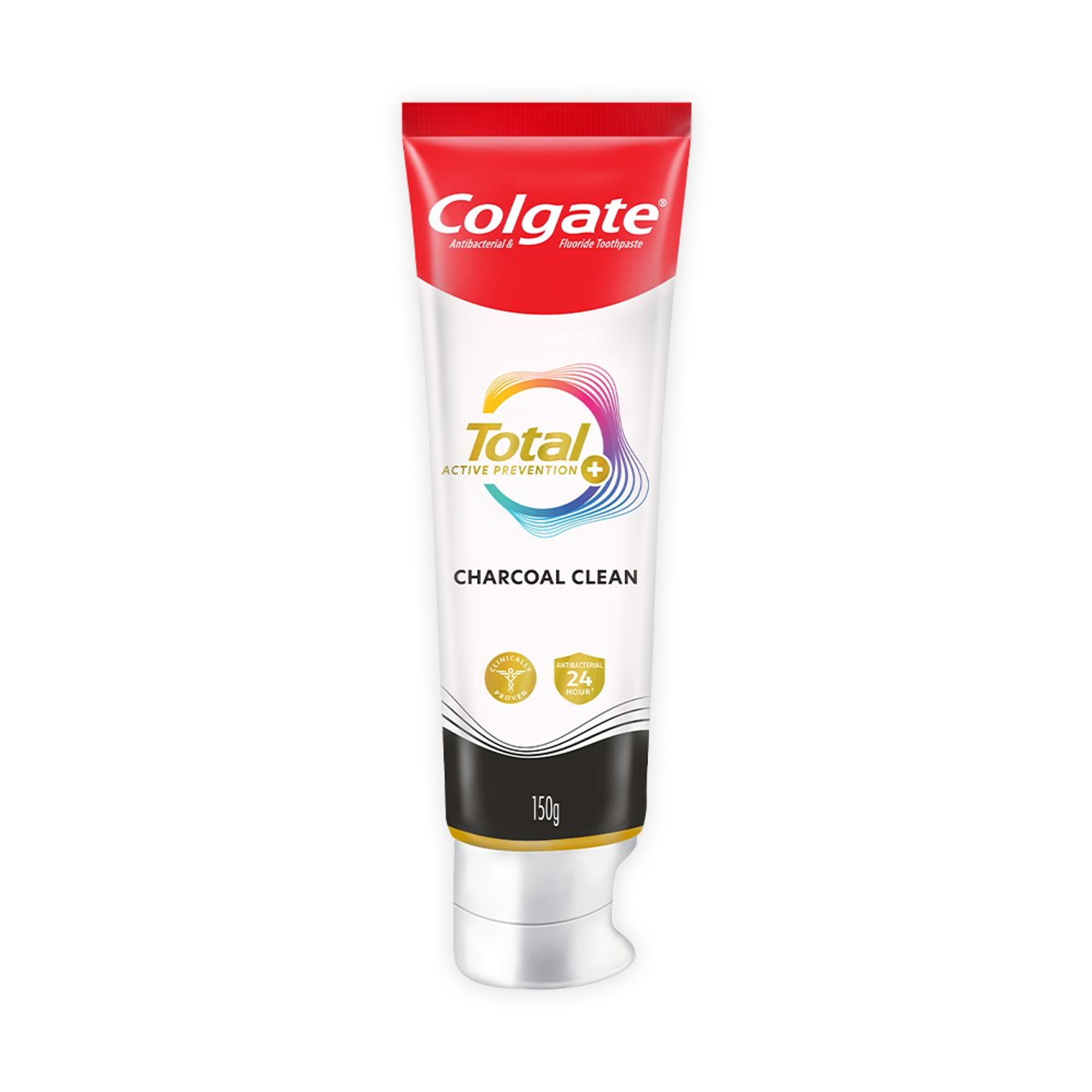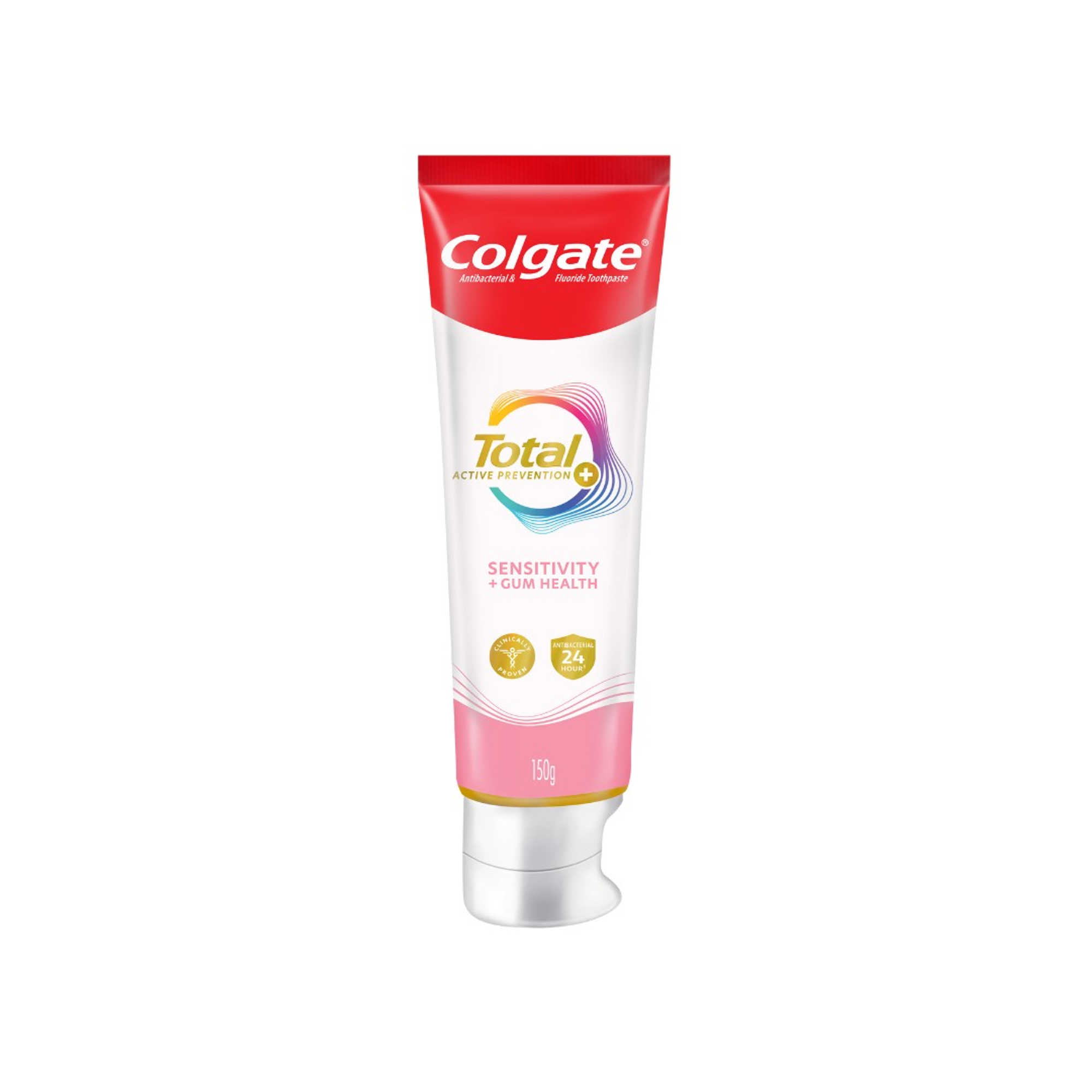-
-

ADULT ORTHODONTICS
Should You Use Mouthwash Before or After Brushing?Brushing and flossing are the foundation of a good oral hygiene routine, but mouthwash can also be a useful addition...

SELECTING DENTAL PRODUCTS
Soft Vs. Hard Toothbrush: Which One Should You Use?The toothbrush has come a long way. As the American Dental Association (ADA) notes...
-
Science & Innovation
- Oral Health and Dental Care | Colgate®
- Oral Health
- Teeth Whitening Toothpaste: Does It Work?


When it comes to color, everyone's teeth are different. While bright and white might be what most people want for their teeth, the reality is that many people have yellowish, gray or brown teeth. Discolored teeth are often attributable to poor oral health or to bad habits such as smoking. It makes sense that many people want their teeth to be whiter. If surface stains are contributing to your teeth's discoloration, you can try using a teeth whitening toothpaste to improve your teeth's appearance.


THE BEAUTY HACK THAT LET YOU SHINE IN AN INSTANT!
What's in Whitening Toothpastes
Regular, non-whitening toothpastes are designed to help remove some surface stains as they clean teeth and improve the health of your mouth. Whitening toothpastes help make your smile brighter by removing even more surface stains. These toothpastes typically contain more abrasive ingredients, such as silica, which scrub the surface of the teeth. Look for a whitening toothpaste that has earned a seal of approval from the American Dental Association.
Getting the Most from Your Toothpaste
After you start using a whitening toothpaste, it can take several weeks for you to see results. Keep in mind that, because a whitening toothpaste doesn't change the actual color of your teeth, you can undo results by continuing habits that contribute to stains on the teeth.
If you continue to drink coffee and red wine, you might not see the results you had expected from the toothpaste. The same is true if you're a smoker or use smokeless tobacco products. Even healthy foods, such as beets and blueberries, can darken your teeth. Instead of avoiding healthy foods in the pursuit of whiter teeth, simply remember to brush after eating and to drink plenty of water during your meal to rinse your mouth.
Other Whitening Options
Teeth whitening toothpastes won't give you dramatic, bright white results unless you naturally have very white teeth. If you want to actually whiten your teeth, you might consider bleaching them. See your dentist for a professional teeth whitening treatment, which typically involves the use of bleach and a special light. You can also use an at-home whitening product, such as a whitening pen, to bleach your teeth. Talk to your dentist before you use any whitening product, especially if you have a history of sensitive teeth or gums.
Remember that results will vary when you use whitening toothpastes and other whitening products. For example, you might not be able to get a perfectly white or whitish smile if you have gray teeth. Whitening treatments also won't change the color of fillings, veneers or crowns. If you decide to use a teeth whitening toothpaste, use it as directed, and remember to brush at least twice per day and floss for the overall health of your teeth and gums.
Related Products

Helping dental professionals
More professionals across the world trust Colgate. Find resources, products, and information to give your patients a healthier future





